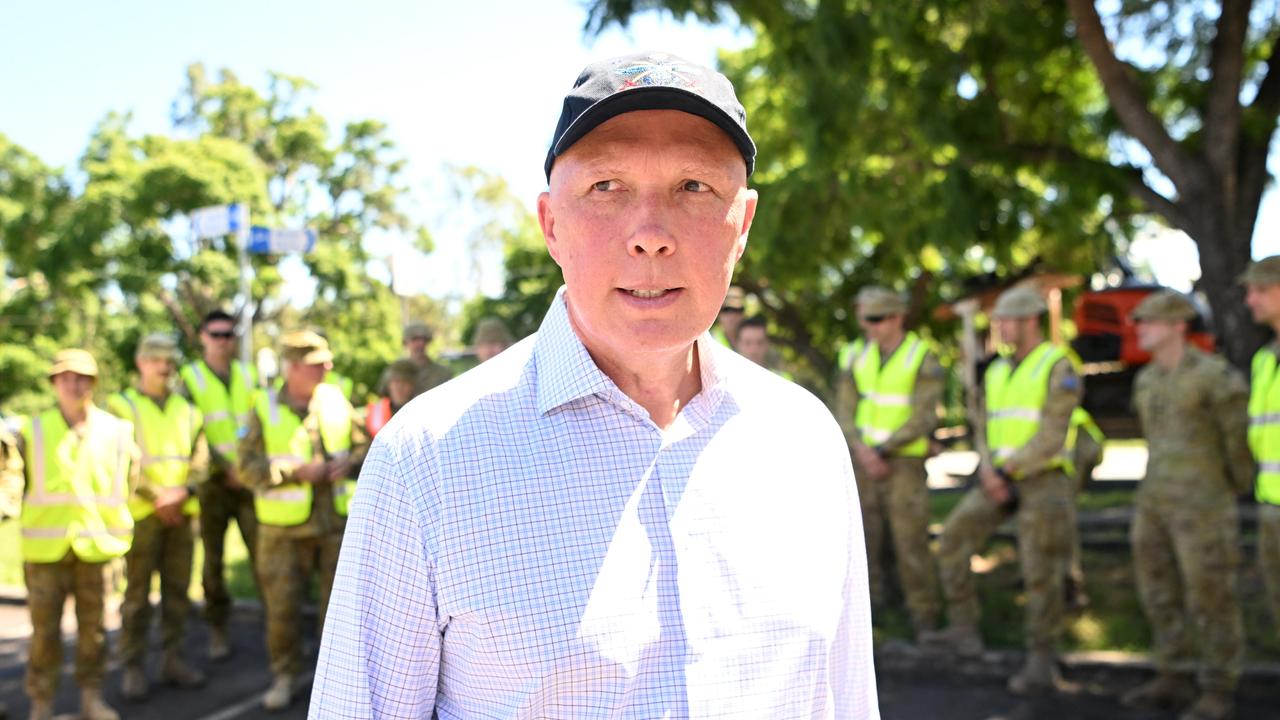Australian war crimes inquiry: 2012 the year the Army became a national disgrace
This is the turning point when Australian troops in Afghanistan reached a flashpoint and became a national disgrace.
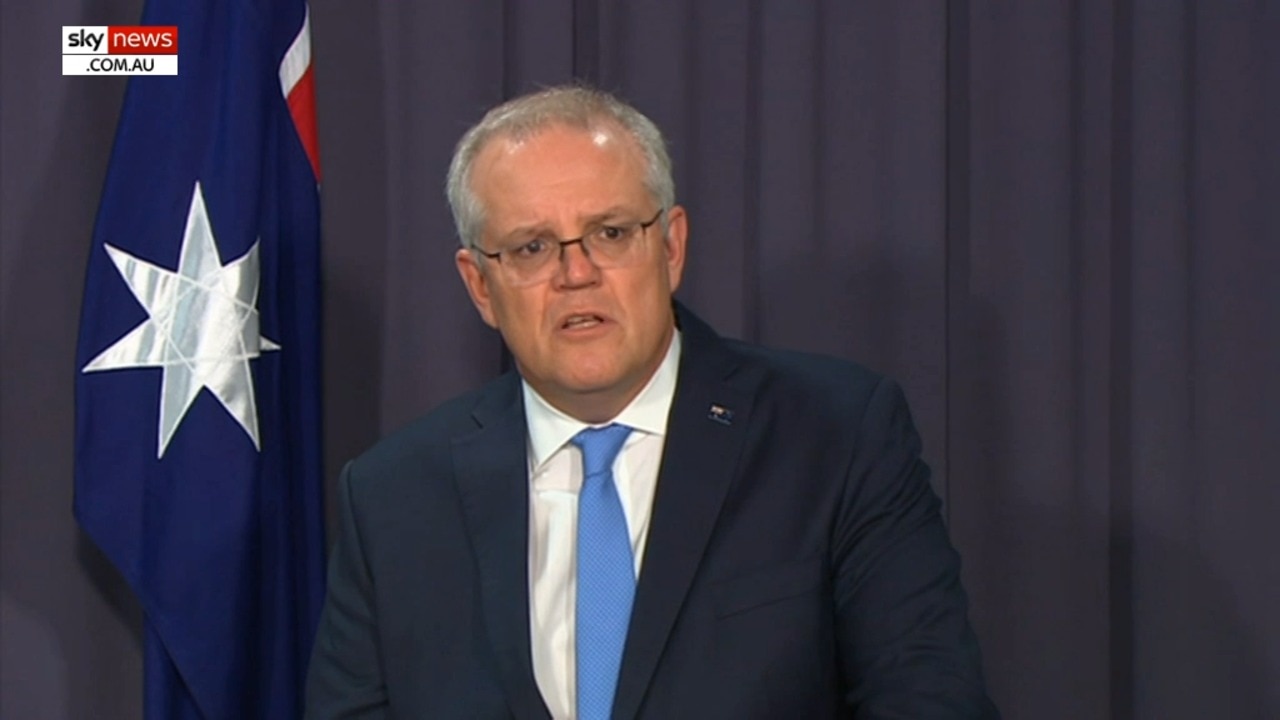
National
Don't miss out on the headlines from National. Followed categories will be added to My News.
In 2012, as the war in Afghanistan ground interminably on, Australian Special Forces troops were highly active.
Of the 39 murders alleged to have been carried out between 2009 and 2013, most occurred in 2012.
The Inspector-General of the Australia Defence Force’s report into these alleged war crimes is heavily redacted, with identifying names, locations and details withheld.
But the bare bones of the report by Justice Paul Brereton are chilling.
In one incident that year, an Afghani national was detained by Australian troops and was under their control. He was listed as “hors-de-combat’’ meaning no longer in combat, so unarmed, and no longer posing a threat.
Under the Law of Armed Conflict, he was not to be harmed.
The report says the man was taken to a “remote part of the compound’’ by a Special Forces operative and forced to the ground.
It then says the operator, at the direction or with the encouragement of another, “then shot him in the head, killing him.’’
Evidence was then planted to make it appear the man had been a combatant, and therefore fair game.
Left unsaid, but obvious by the chain of events, there was concern about this incident which made its way to more senior officers.
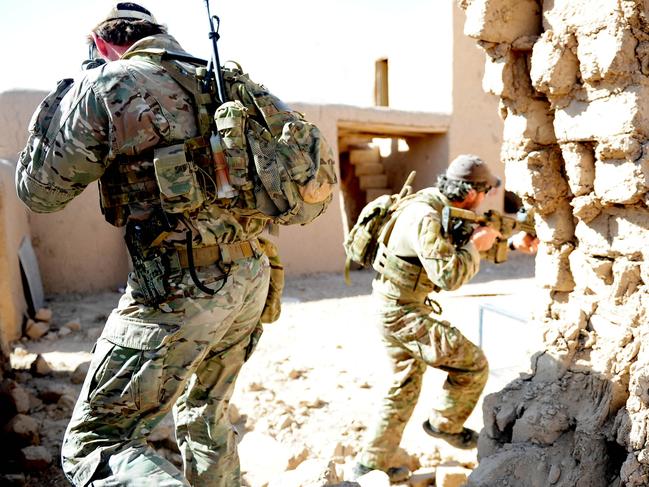
A “quick assessment’’ of the incident was held, meaning a preliminary probe of the circumstances, where, the report claims, an operator gave a false account of what had happened.
There are then two further reports that someone lied to the IGADF inquiry. It’s not clear if it’s the same operator, twice, or two operators.
The lies didn’t work.
“There is a realistic prospect of a criminal investigation obtaining sufficient evidence to charge (redacted) with the offence of murder and/or counselling, procuring or inciting the war crime of murder,’’ the report concludes.
“The inquiry recommends that the Chief of the Defence Force refer the matter to the Australian Federal Police for criminal investigation.’’
It goes on to note that evidence was obtained from an operators disclosures (likely a confession) and that immunity laws meant there was no prospect of a criminal charge against him. On that basis, it is recommended the unnamed operator be granted immunity, should he agreed to give evidence for the prosecution.’’
The case is similar, albeit more detailed, to many other of the unlawful killings detailed in concise language by the report.
Non-combatants, who were taken prisoner, under control by Australian soldiers, unarmed and not posing a threat, were shot to death, and evidence, such as pistols or small radios, planted on their bodies to give the false impressions they were fighters. These were known as “throwdowns’’ and were small items which could be easily concealed in soldiers’ backpacks, to be used if and when required. A number of “PUCs’’ – persons under control – were killed, and the evidentiary photographs tainted with false evidence in the form of throwdowns.
Other matters were investigated that were not substantiated. Details are minimal and confusing.
“It is not substantiated that (redacted) was struck with an AK-47 in the course of tactical questioning, in an endeavour to extra information from him, rather than with (redacted)’s M4 in self-defence,’’ the report says of another incident in 2012.
“It is not substantiated that a knife was held to (redacted)’s testicles.
“There is credible information that (redacted) used a (redacted) in an endeavour to extract information from him, but this was unsuccessful and caused (redacted) no physical harm.
“It is not substantiated that waterboarding was applied to (redacted).’’
In two other cases, investigations failed to substantiate a claim that a youth had been killed, and that women and children had been killed.

All up the inquiry recommended 19 Special Forces soldiers be referred to police for investigation in relation to 23 alleged murders and two cruel treatment of prisoners.
Another alarming theme which emerges through the report is the frequency in which killings were alleged to have occurred at the “express or implicit’’ direction or encouragement of other, presumably more senior, operatives.
This likely goes to what the report referred to as “blooding’’ – the inhumane practise of senior officers ordering rookie soldiers to execute prisoners to “blood’’ them for their first kill.
In numerous instances, senior officers are accused of knowing a killing was about to occur, and failing to stop it.
In another incident in 2010, Justice Brereton found severe physical pain was inflicted on an Afghan male causing injury when he was neither a member of an organised group, nor engaging in hostilities. He recommended police investigation, saying: “There is a realistic prospect of a criminal investigation obtaining sufficient evidence to charge with the war crime of cruel treatment.”

It has previously been reported that Special Forces troops in Afghanistan cut the hands off some of those they had killed, in order to take them for the purposes of identification through fingerprinting.
The report does not make clear if it made findings into such a practise, with page after page covered in black ink redactions.
It does find that while no specific incidents can be identified, it is “likely’’ that dogs were used to inflict injuries on Afghan prisoners.
While the sociologist called in to make preliminary investigations, Dr Samantha Crompvoets, reported hearing stories of 14-year-old boys having their throats cut, there do not appear to be specific findings to back this up.
Chief of the Defence Force General Angus Campbell noted that inquiry determined that “men and adolescent men’’ had been killed. It is not clear what he means by “adolescent men’’.
INSULT OF DEAD COMMANDOS SET OFF TOXIC RIVALRY
A callous slur allegedly by a SAS trooper over the bodies of three dead commando comrades during the Afghanistan conflict created the bitter rivalry and animosity between the elite forces.
It was that rivalry and competitiveness that the Brereton Inquiry into war crimes has flagged as behind a corrosive culture that led to rogue elements in the armed forces and killing as a sport.
It is understood that began after three commandos were killed when their helicopter crashed during a mission south of Australia’s Afghanistan base in Tarin Kowt.
The bodies – in body bags – were respectfully laid out in the Forward Operating Base when an SAS member from 2 Squadron allegedly made an issue of them again being in the way as he and others proceeded to step over the bodies.
The incident in 2010 almost led to blows between the SAS and commandos who saw the insult and set up a toxic environment for years to come.
It is an account that spread wildly among troops, and while News Corp Australia has not been able to independent verify it – the commandos believed it did happen and the incident has passed through the ranks since.
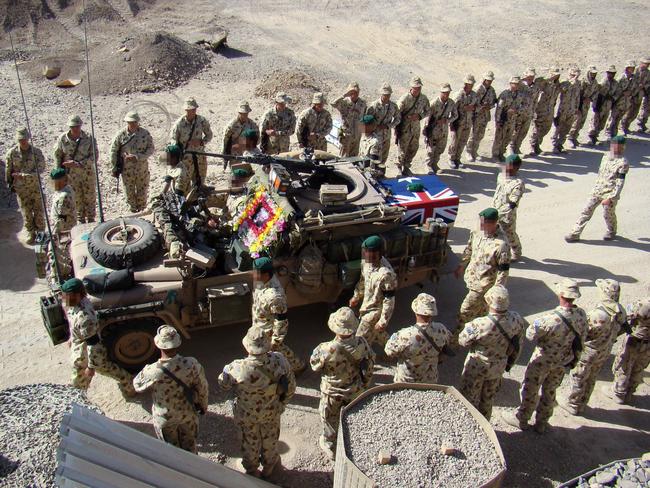
It is the SASR 2 Squadron that was on Friday announced would be disbanded in disgrace as some of its members were involved in the horrific allegations related to shooting innocent Afghan civilians and planting evidence on their bodies to change the narrative of their deaths.
Inquiry chief Major General Paul Brereton said a “self centred warrior culture” that commanders allowed to fester, led to rogue individuals particularly within the SASR.
But he said the extent of the “longstanding rivalries” between the units was only evident at the end of Operation Slipper.
“A misplaced focus on prestige, status and power, turning away from the Regiment’s heritage of military excellence fused with the quiet humility of service,” the report noted.
Special Forces soldiers from both elite forces spoken to yesterday agreed there was a toxic competitiveness with each trying to outdo the other.
“There was always that competitiveness but there was that occasion from 2010 deployment and the bodies of the three guys at the FOB that set things … you don’t step over a dead body, it’s one of the most disrespectful thing you can do so that really triggered things,” one Special Forces officer, who asked not to be named, said.
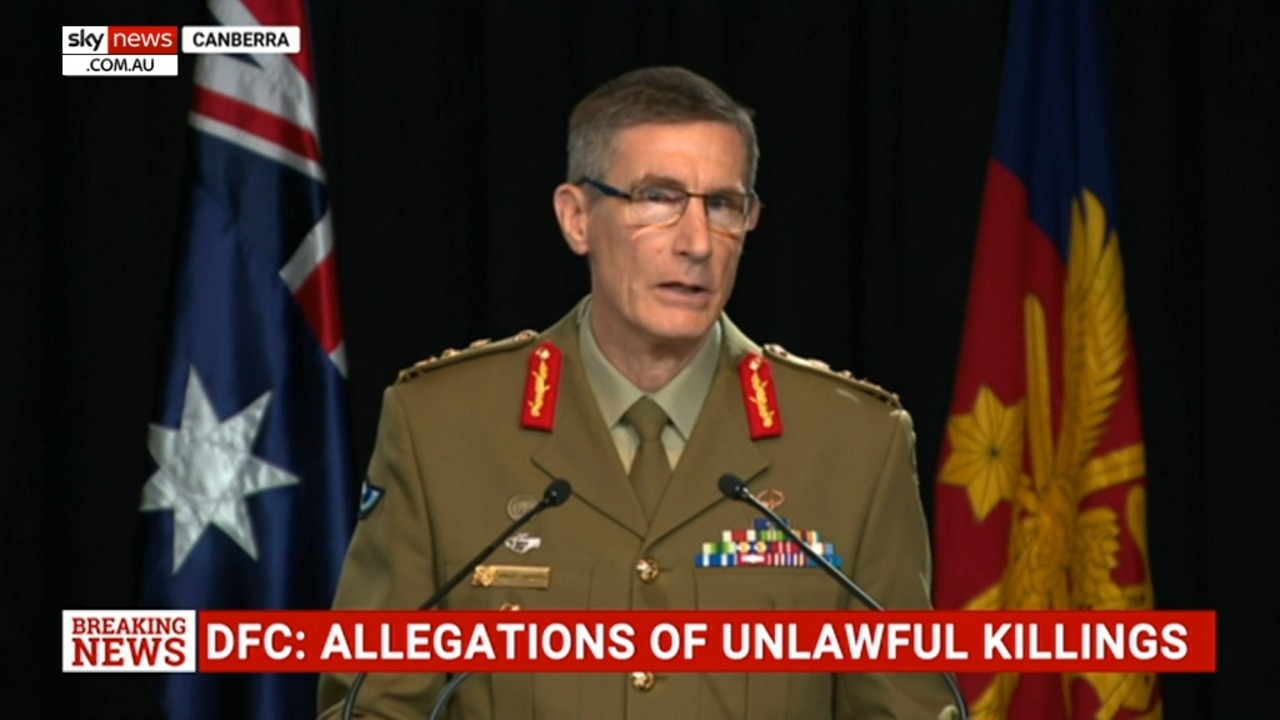
ADF chief General Angus Campbell agreed that competitive edge distorted military culture.
“The Report notes this distorted culture was embraced and amplified by some experienced, charismatic and influential non-commissioned officers and their protégés, who fused military excellence with ego, entitlement and exceptionalism. As units became consumed with preparing for and fighting the war, much of the good order and discipline of military life, fell away. Cutting corners, bending and ignoring rules was normalised.”
One former Special Forces team leader said the culture had always been competitive between squads and personalities and agreed it led to trying to outdo each other in missions and kills.
“We live and work in an environment where our reputation is everything so the bigger the reputation, the more credibility, more respect you have and the more support you get, the more opportunities you may get,” he said.
“You are a product of your environment … and this is where it gets dangerous.”
The SASR and commandos also had to battle for the best access to resources for missions even though they had to join each other on some of those missions.
For those needing support:
· The Defence all-hours Support Line is a confidential telephone and online service for ADF members and their families 1800 628 036
· Open Arms provides 24-hour free and confidential counselling and support for current and former ADF members and their families 1800 011 046, or through SafeZone on 1800 142 072.
MORE NEWS
Army chief: ‘Why did this happen?’
Shock war crimes report: What happens next
3000 soldiers could lose medals
Actions of few endangering others
Five words Australia’s military must use right now

